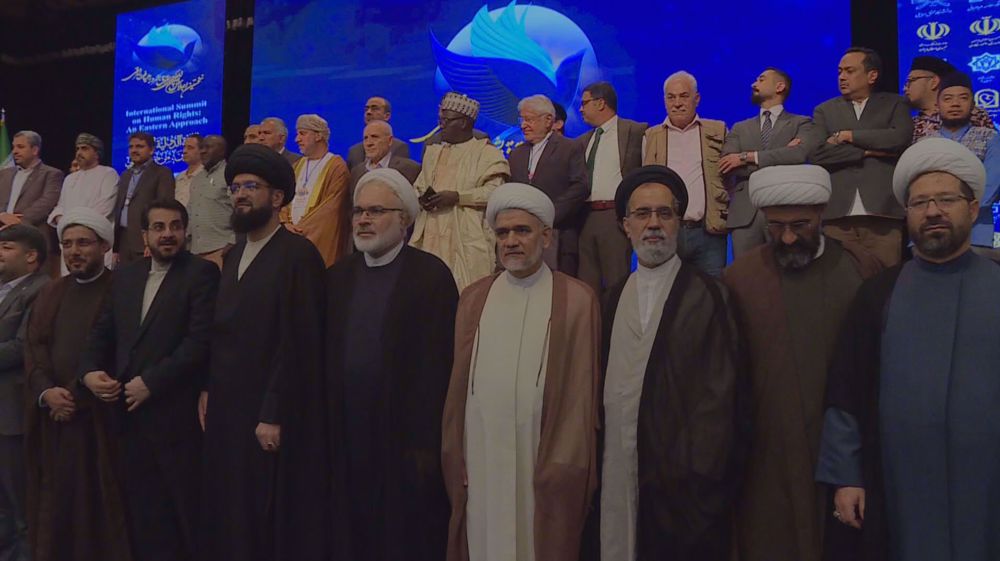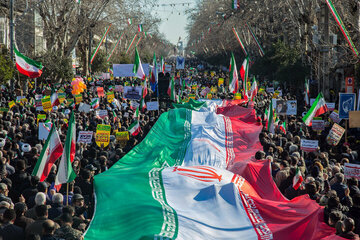Alwaght- Afghanistan is a country struggling with a wide range of crises that seemingly stood as reason for the deployment of the foreign forces to Afghanistan. One of the major issues that keep digging gaps between various internal and international parties is the drugs production challenge. This beside the intention to wage a war against the deep-rooted terrorism, according to many American politicians, is the main reason why Washington, leading tens of global allies within a military coalition, invaded Afghanistan in early 2000s.
According to the United Nations Office on Drugs and Crime, the increase in production and smuggling of the opium kills about 100,000 people every year. The same office adds that the drugs smuggling provides a platform for the terrorist networks to do the illegal business for self-financing which enables them to expand their global web of radicalism that in turn jeopardizes the much-needed sustainable peace and security. Such a danger urges the international community's strengthened efforts as the only way to curb opium production in Afghanistan and sending it out to other countries from there.
16 years after West’s invasion of Afghanistan and toppling of the Taliban-led government, the official reports published by the UN organs show that the narcotics production and smuggling in Afghanistan has surged by 100 percent in comparison to the 2001, the year the country fell to the US-led NATO forces.
Only in 2015, the drugs production hit 3,300 tons in Afghanistan, and the updated figures suggest that this amount this year touched the 4,800 tons. The production in such huge amount unleashes waves of social and political troubles to Afghanistan, not to mention the concerns given to the regional countries, especially neighbors like Iran that fall victims to this illegal business.
After taking down Taliban, the involved NATO members each were assigned to security of a part of Afghanistan as part of the strategy to help secure Afghanistan and bring order within the International Security Assistance Force (ISAF) mission. The US, leader of the campaign, was charged with the southern provinces, though Britain had a true zeal for forces deployment to Helmand province, located in south. Short after duty distribution, Washington and London went divided on their presence in Helmand, and briefly afterwards the media circulated the news of the division between the two Western allies over the southern province. Many media reports speculated that Helmand's rich uranium resources were the main cause cracking the bonds between the two Afghanistan war partners. But this was not everything. Helmand’s vast opium farms were another divisive point.
Afghanistan’s south, covering provinces such as Urozgan, Farah, and Nangarhar, is the hub of the country’s opium plantation. These three provinces are highly insecure and so providing a safe haven for the opium cultivators. The Afghanistan government so far implemented a set of policies to encourage the farmers to stop opium cultivation. Clerics issued fatwas illegalizing planting the narcotic plants. Moreover, the government delivered hundreds of tons of saffron seeds as part of plan to replace the plant with opium crops, not to mention financial support provided to the farmers in subsidy policy. But all these measures failed to curb opium production in these provinces where US military bases, containing thousands of troops and equipment, are based.
Historical records show that the US seeks as much profit as possible from its moves in relation to other countries. The same policy is glaringly apparent when it comes to Afghanistan with its biggest opium plantations in two types of regions. First, in the Taliban-controlled regions. The militant group legalized production of the drugs to meet its financial needs after its government was overthrown by the NATO invasion. The Taliban reportedly offer loans to the farmers directly and indirectly. Second, in the battle-affected regions where foreign troops are camping. The government has no clout in these drugs hubs or it does not risk its foreign help by making disclosures on the foreign parties' involvement in drugs production.
The cultivation conditions in the two types of regions are not so different as the drugs production supporters in all regions are the mafia groups, terrorists, and foreign forces, and the transfer to out of Afghanistan goes through a couple of certain routes. The drugs go out to parts of Europe through the Persian Gulf Arab states, from Pakistan to the neighboring India, and also through air transfer to Europe and the US by the foreign airplanes stationed in the war-torn country. This smuggling is facilitated by the US and done by the mafia organizations. Therefore, it makes no difference opium plantations are located in which points of Afghanistan and are operated by which groups. What matters is the irreversible harms to the people worldwide and continued instability in Afghanistan.
With profits between $50 to 100 billion a year from the drugs trade, the US earns adequate cash to handle the Islamic world's crises, support terrorists fighting the national governments, and press to topple the governments in the Islamic countries. Analysts assert that parts of the American intelligence community, military, and even the administration are fed from the drugs production profits. Washington does not appear interested to forsake such a big annual income as fight against drugs production provided the US with a crucial excuse to deploy forces to Afghanistan. The US and NATO will definitely save this pretext for their presence in Afghanistan.
Some local warlords and government officials are accomplices to the drugs trade in Afghanistan. The local militant commanders beside the irresponsible government officials exploit their influence for profit in areas where the government is absent.
Reports say Afghanistan accounts for 93 percent of the global narcotics production as almost every part of Afghanistan is home to vast opium farms. The cultivation comes amid heavy foreign troops' presence across the country, with them showing no signs they want to take effective steps against this illegal production and business. The Americans' inaction comes while large amounts of drugs are sent to Russia, Central Asia, and Iran. In fact, smuggling to these parts of the world gives the US reason not to take actions against this business as Washington sees them hostile countries and thus allows damages to them.
Russia has repeatedly slammed the US and Western forces based in Afghanistan for failing to stop and even sometimes backing the opium cultivation. Observing large-scale drugs production and smuggling, Moscow recently called “suspicious” the US and NATO refraining from taking deterrent actions.
It certainly appears that Afghanistan and the regional countries should face the challenges of drugs business as long as the US benefits from narcotics production and smuggling to fund its schemes in the region. The victim countries that suffer bitter consequences need reaching a consensus on initiatives to cut the enormous US interests in the drugs, otherwise there is no reason to expect opium production reduction in Afghanistan.



























